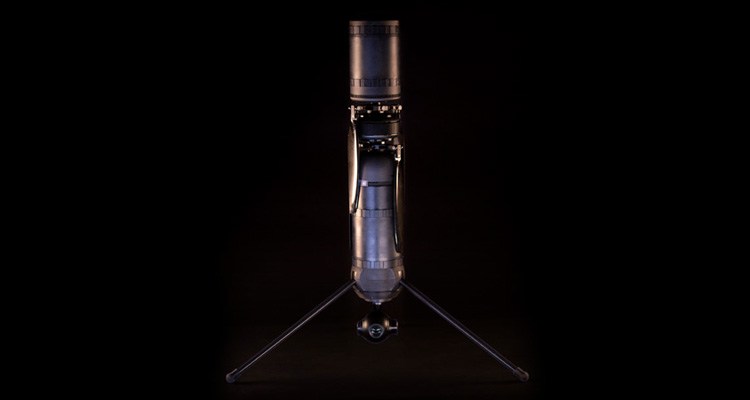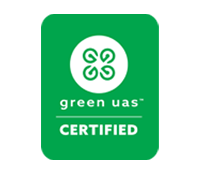
Many UAV operators focus on payload specifications, but payloads are just one part of the overall UAV. The airframe design itself, often overlooked, is a critical part of the system’s capability that can enable or restrict operations, and a quadcopter suffers many limitations that impact performance, reliability, and flexibility.
Some of the most common issues with quadcopters and other conventional multirotor UAVs include the need for structural reinforcement (resulting in increased weight), the inability to absorb impacts or rough handling, and the challenge of sealing critical components against harsh weather elements.
The Cylindrical Advantage
Spirit’s cutting-edge cylindrical design makes it fundamentally different from its competitors. Its geometric shape combines the strength of a sphere with the utility of a cube allowing for both extensive structural strength and simultaneously low weight.
When it comes to UAVs, the Spirit’s unique airframe design allows for the elimination of reinforcing structures or the use of heavy materials. Impact and stress forces can be evenly dispersed throughout the entire airframe allowing for its deployment in adverse weather conditions that would be too extreme for other systems. Due to few structural joints, Spirit can be properly sealed against water intrusion, environmental contaminants, and extreme weather elements that would ground other UAVs.
Spirit is more rugged
Spirit has the ability to operate in austere environments and harsh conditions including:
• Snow
• Rain
• Dust
• Sand
• Smoke
• Heavy winds
Benefits of Spirit’s rugged, all-weather design
• Can absorb impacts that would damage conventional multirotors
• Can operate in austere environment and harsh weather
• Requires fewer spare parts and support equipment, decreasing the equipment footprint
• Sealed against extreme weather elements that ground other systems
To learn more about Spirit’s applications click here
To see Spirit in action click here
Ready to speak with a team member? Click here




